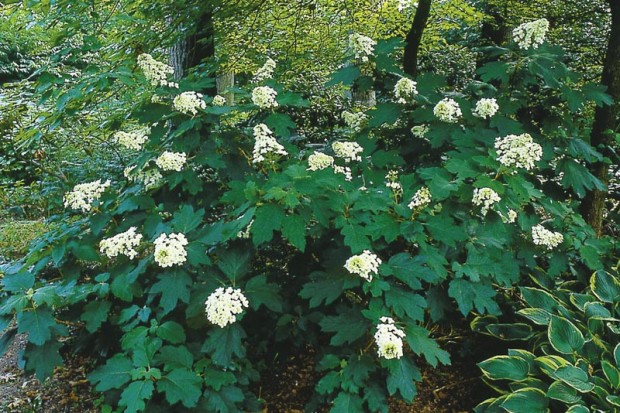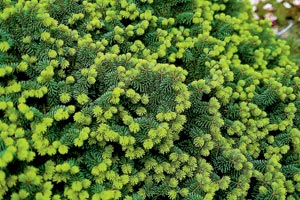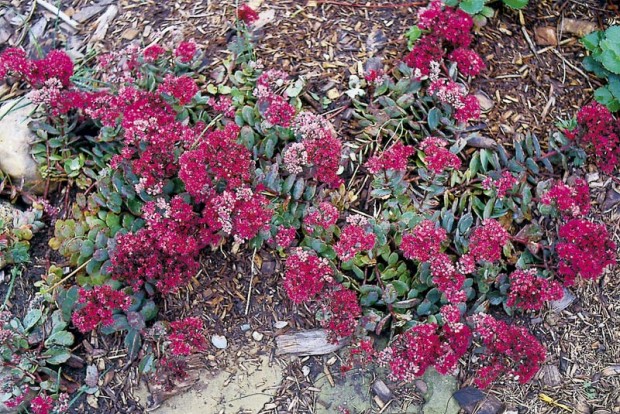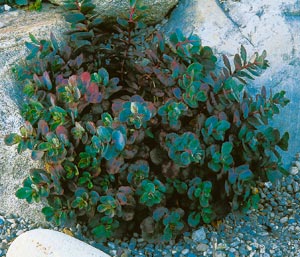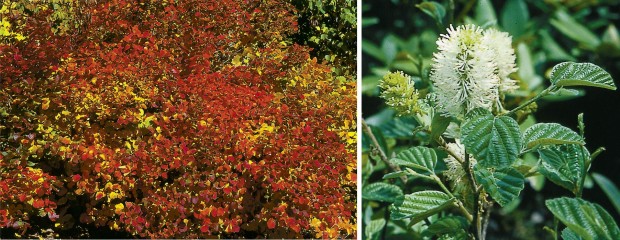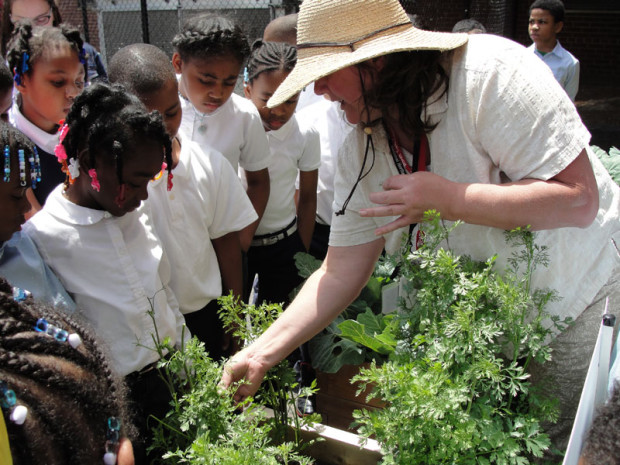NPR:
Two British scientists are dumping cold water on campaigns to promote urban beekeeping. They say that trying to “help the bees” by setting out more hives is naive and misguided if the bees can’t find enough flowers nearby to feed on. You’ll just end up with sick and starving bees.

